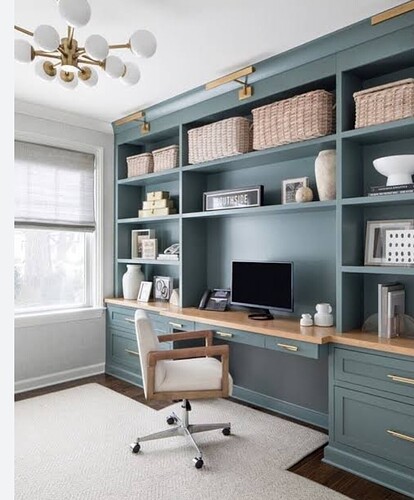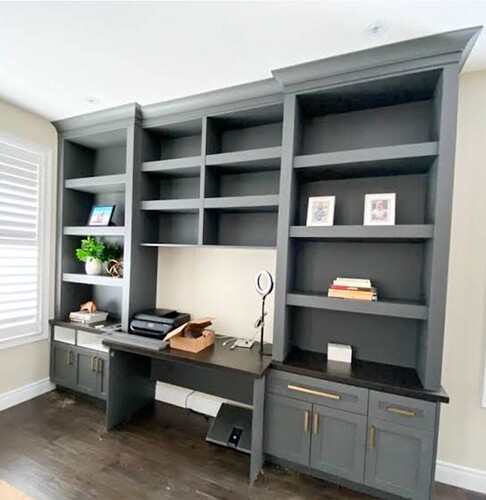With remote work and flexible schedules becoming more common, home offices have shifted from luxury to necessity. But instead of relying on temporary desks or makeshift setups, many homeowners are renovating to include built-in workstations that provide both functionality and long-term value. A well-designed home office can improve productivity, organization, and overall quality of life.
Why Built-In Workstations?
Unlike freestanding desks, built-in workstations are customized to fit the space and needs of the user. They maximize available square footage, create a seamless aesthetic, and can be tailored with storage, shelving, and cable management solutions. This makes them ideal for small spaces or multipurpose rooms where efficiency is key.
Design and Layout
When planning a built-in workstation, the layout should reflect how the office will be used. A corner desk can optimize space in compact rooms, while a wall-to-wall design provides ample room for multiple monitors or shared use by two people. Integrated shelving above the desk keeps supplies accessible without cluttering the workspace.
Storage and Organization
One of the biggest advantages of built-ins is the ability to customize storage. Drawers for files, cabinets for electronics, and open shelves for books help keep everything in its place. Hidden compartments for cables and charging stations prevent the tangled mess often seen in traditional desk setups.
Lighting and Comfort
Good lighting is crucial in any home office. Built-in workstations can incorporate task lighting, such as under-shelf LED strips or mounted sconces, to ensure proper visibility. Positioning the desk near a window allows natural light to improve mood and focus, while ergonomic seating and desk height considerations ensure long-term comfort.
Aesthetic Integration
Built-in offices can be designed to complement the rest of the home. Whether using sleek finishes for a modern look, warm woods for a traditional feel, or minimalist lines for a Scandinavian vibe, the design can blend seamlessly with existing interiors. In multipurpose rooms, built-ins can even be disguised with sliding doors or fold-away panels to hide the workspace when not in use.
Budget-Friendly Options
While custom cabinetry can be an investment, there are cost-effective alternatives. Modular shelving systems, IKEA hacks, or semi-custom furniture allow homeowners to achieve the look and functionality of a built-in office without the high price tag. DIY enthusiasts often build desks and shelving themselves to save money while tailoring the design to their needs.
Long-Term Value
Adding a built-in home office increases a property’s appeal, particularly as remote and hybrid work remain common. Prospective buyers often see it as a desirable feature, especially in urban areas where home office space is in high demand. Even if the home is not sold, the everyday benefits of productivity and organization make it a worthwhile upgrade.
Final Thoughts
Home offices with built-in workstations represent the future of work-from-home living. They combine efficiency, comfort, and design in one functional package, making them a smart renovation for today’s lifestyle. Whether small or large, a built-in office transforms workspaces into productive, comfortable, and aesthetically pleasing pa
rts of the home.

